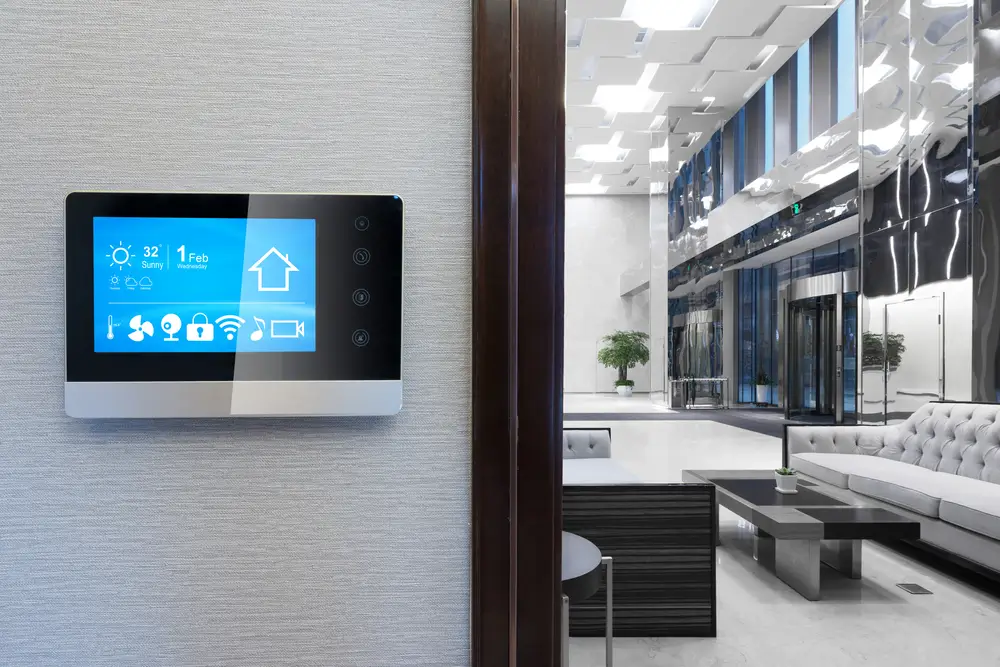
In today’s digital age, the concept of a “smart home” has evolved from a futuristic idea to a tangible reality. With the rapid advancement of technology, homeowners now have the opportunity to transform their living spaces into fully integrated smart home ecosystems, where every aspect of daily life is enhanced by interconnected devices and automation. In this comprehensive guide, we’ll explore the benefits, key components, integration tips, and steps to creating a fully integrated smart home ecosystem.
Benefits of Integration
One of the primary benefits of creating a fully integrated smart home ecosystem is the unparalleled convenience it offers. With a centralized hub, such as the Amazon Echo (4th Gen), homeowners can control multiple devices with simple voice commands or the touch of a button. Imagine waking up in the morning and asking your smart assistant to turn on the lights, adjust the thermostat, and brew your morning coffee – all without getting out of bed.
But convenience is just the beginning. A fully integrated smart home ecosystem also offers significant efficiency gains. Automation features, such as scheduling routines and adjusting settings based on user preferences, can help optimize energy usage and streamline daily tasks. For example, you can program your smart thermostat to adjust the temperature when you leave for work and again when you return home, ensuring comfort while minimizing energy waste.
Additionally, a fully integrated smart home ecosystem provides enhanced security and peace of mind. With interconnected devices like the Amazon Ring Doorbell Pro 4, Ring Alarm Security Kit, and Yale Assure Lock SL, homeowners can monitor their property from anywhere, receive real-time alerts in case of suspicious activity, and remotely control access to their home. Whether you’re at work, on vacation, or simply relaxing in your living room, you can rest easy knowing that your home is protected.
Key Components
Building a fully integrated smart home ecosystem requires careful consideration of the key components that will comprise the system. Here are some essential devices to include:
- Voice Control Hub: The Amazon Echo (4th Gen) serves as the central hub for voice commands, allowing users to control compatible smart devices with simple voice commands.
- Smart Lighting: The Philips Hue Smart Light Starter Kit enables customizable lighting scenes and schedules, enhancing ambiance and energy efficiency throughout the home.
- Climate Control: The Ecobee SmartThermostat with Voice Control offers precise temperature control and energy-saving features, ensuring comfort while optimizing energy usage.
- Access Control: The Yale Assure Lock SL provides keyless entry and remote access capabilities, allowing users to monitor and manage door access from anywhere.
How Starlink Enhances Everything
Starlink, SpaceX’s satellite internet constellation, plays a crucial role in enhancing the functionality and connectivity of a fully integrated smart home ecosystem. With its high-speed, low-latency internet service, Starlink ensures seamless communication and interaction between smart devices, allowing for real-time monitoring, control, and automation. Whether you’re streaming content, conducting video calls, or managing your smart home devices remotely, Starlink provides the reliable and robust internet connection needed to support your smart home lifestyle.
Integration Tips
To ensure a seamless and effective integration of smart devices into your home ecosystem, consider the following tips:
- Compatibility: Ensure that all your smart devices are compatible with each other and can be controlled using a single platform or app.
- Automation: Take advantage of automation features to create personalized routines that automatically adjust settings based on your schedule and preferences.
- Security: Integrate smart security devices seamlessly into your ecosystem to enhance home protection and receive real-time alerts in case of suspicious activity.
Conclusion
In conclusion, creating a fully integrated smart home ecosystem offers a myriad of benefits, including convenience, efficiency, and security. By harnessing the power of interconnected devices and automation, homeowners can enjoy a seamless and intuitive living experience that enhances their quality of life. Whether you’re looking to simplify your daily routines, reduce energy consumption, or enhance home security, building a fully integrated smart home ecosystem is the first step towards a smarter, more connected future.

